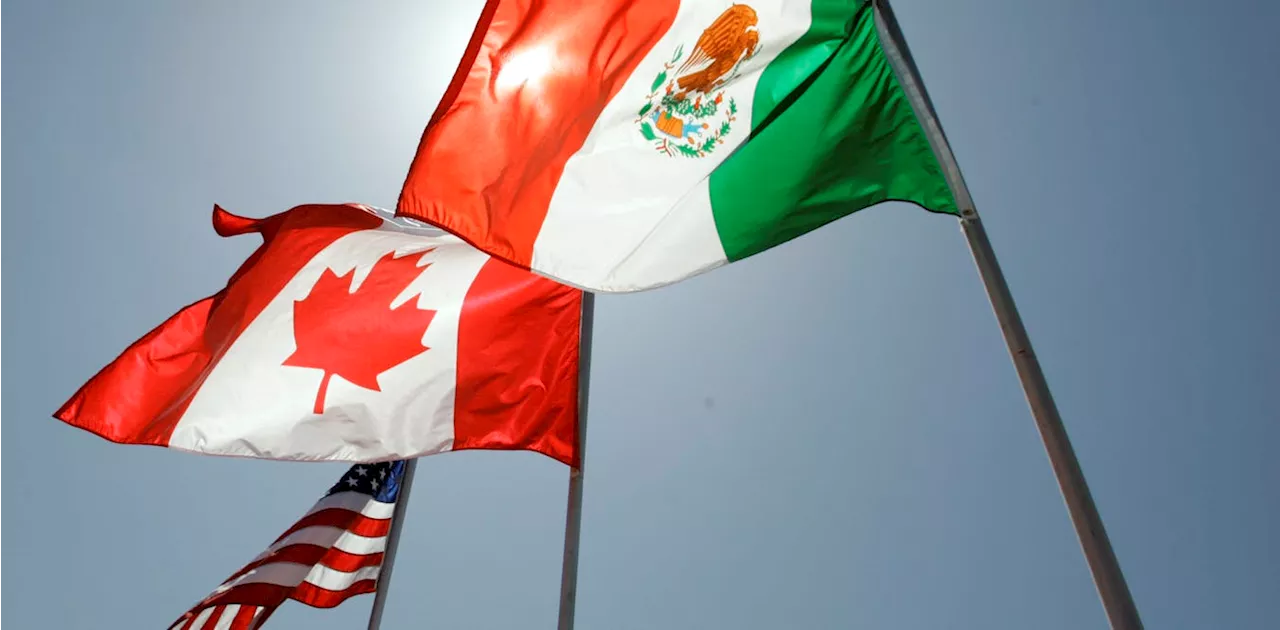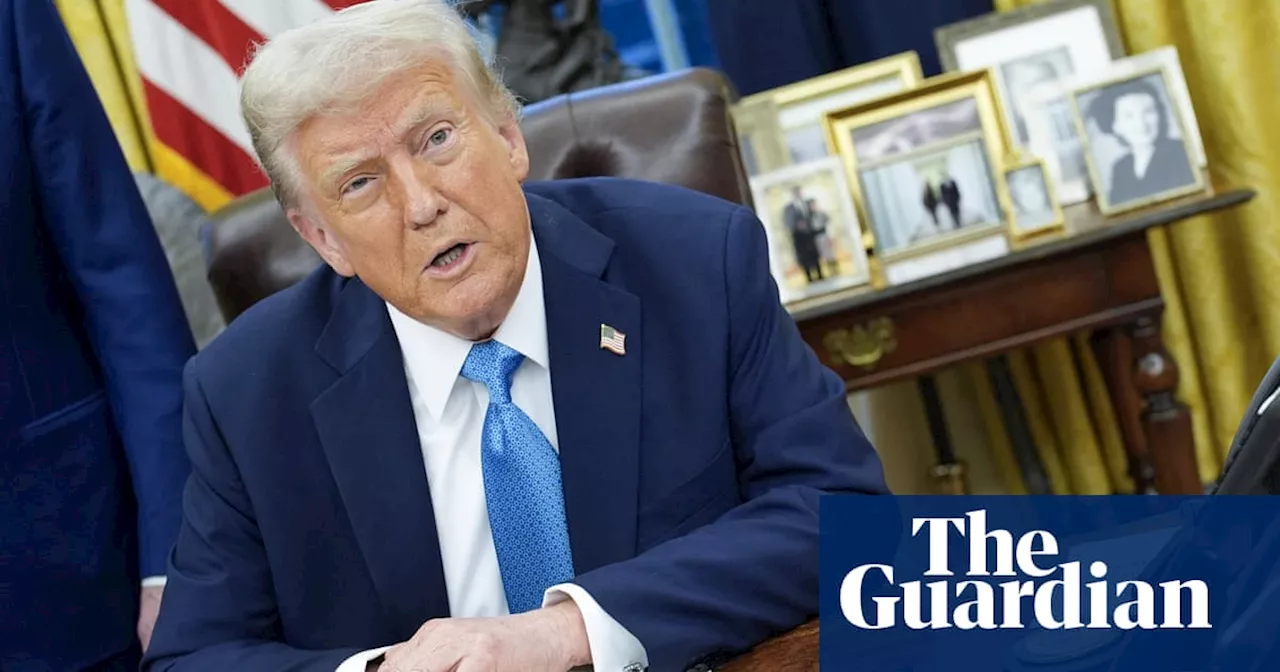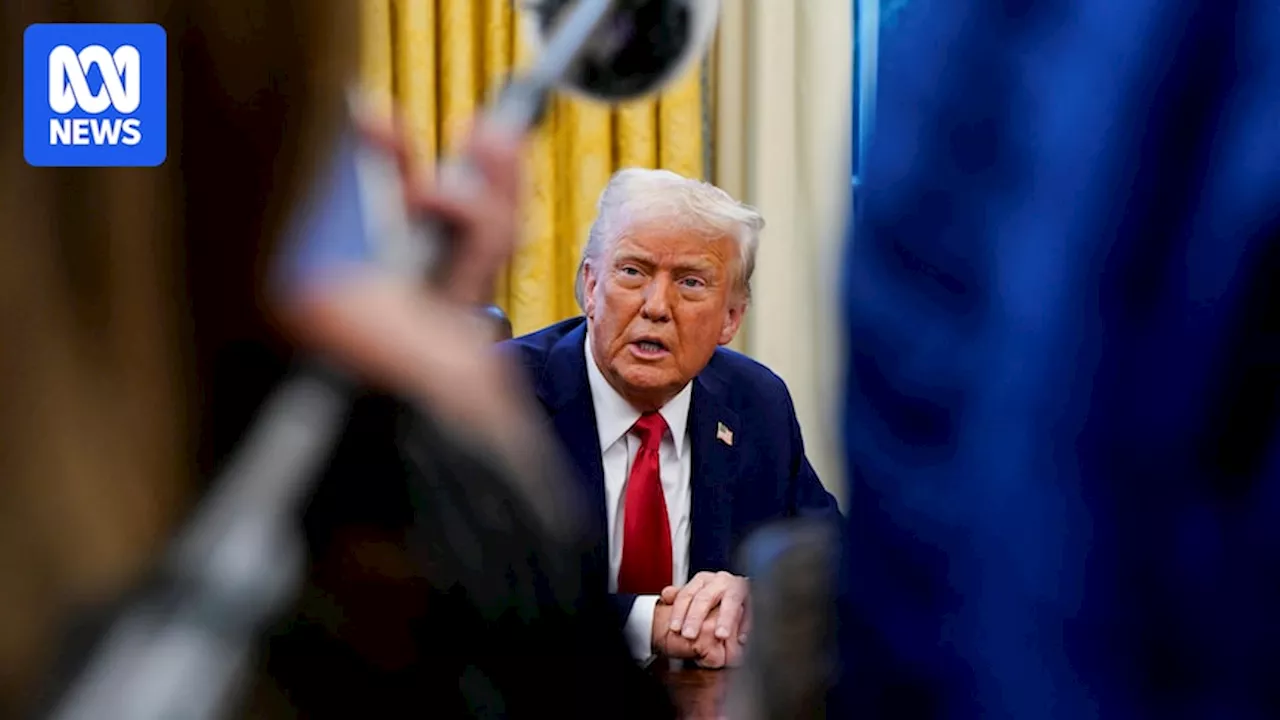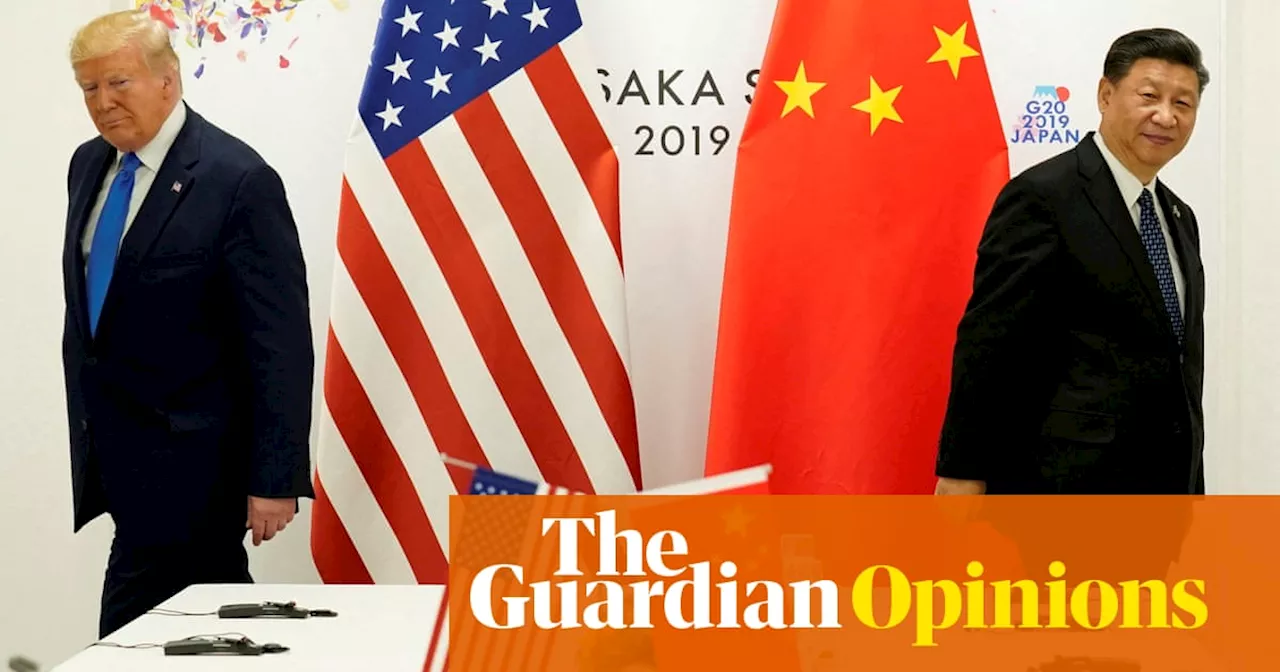This article examines the impact of Donald Trump's trade war with China and its broader implications for American manufacturing, economic policy, and the political landscape. It argues that while tariffs are presented as a solution to revive US manufacturing, they are ultimately a regressive tax that will exacerbate economic problems for working families. Furthermore, it highlights how Trump's trade war is fueled by a reactionary political agenda that scapegoats China and stokes nationalist sentiments. The article concludes by questioning whether a more moderate approach to trade protectionism can effectively address the economic challenges facing the US and counter the rise of right-wing populism.
Politicians believe tariffs will revive a lost era of American manufacturing, but they won't improve people's everyday lives. Donald Trump appears to be testing the boundaries of the power he can accumulate and then exert upon his allies, with a singular ambition: to coerce them into submitting to US supremacy.
Though the president temporarily walked back his threat to unleash severe universal tariffs on imports, his brash, bombastic, and belligerent threats reflect the reactionary political energy that drove his rise, which feeds on displays of dominance and disruption. His trade war won't work to restore US economic dominance – but it tells us a lot about how both sides of the political aisle blame the US’s economic precarity on China’s economic ascent.The share of the US workforce employed in manufacturing has been in decline since the 1950s: today, just over 8% of American workers are employed in manufacturing, compared with 32% in 1953. The postwar era holds a powerful resonance for both the right and the left, and is often romanticized as a period when unionized male breadwinners in the industrial working class enjoyed far greater economic stability and prosperity than working and middle-class people do today. Viewed through this prism, since the decline of US manufacturing has occurred at the same time that China has emerged as a global manufacturing powerhouse, China’s gains equate to the US’s – and its workers’ – losses. Politicians on both sides of the aisle, from Trump to Biden, have embraced this narrative, arguing that tariffs will restore manufacturing employment, re-establish American hegemony, and help to make the US economy great again for working people. And it’s not just Trump who has fallen for this story. The Biden administration largely maintained the average 21% tariffs against China that Trump imposed in his first term, expanding their scope to cover Chinese-made electric vehicles, silicon chips and lithium batteries. So far, Trump has imposed an additional 10% tariff on Chinese imports and may revoke a previous exemption for cheap direct to consumer purchases, with the threat that the US will further escalate if China retaliates. China, for its part, has already responded with far less aggressive but quite strategic levies, ranging from 10% to 15% on a selection of American imports including coal and crude oil, and put strict export controls on a list of critical minerals. This escalating trade war may not result in the aggressive 60% tariffs on all Chinese imports that Trump called for on the campaign trail. But it will still exacerbate the problem that he is ostensibly seeking to solve.Tariffs work better on paper than they do in practice. While they can theoretically help to boost domestic manufacturing by subsidizing the domestic producers of goods that Americans consume or trade abroad, broad-based tariffs actually function as an inflationary and regressive tax on middle and working-class people. In order for tariffs to boost manufacturing, corporations have to earn a profit from them, and decide to then increase investment to expand production. But there’s no guarantee that they will spend this surplus money on building new manufacturing plants and not on, say, increasing shareholder dividends. And there’s no guarantee that tariffs will necessarily increase profits, either. In fact, since tariffs increase the costs of goods across supply chains, and that will probably lead to an interest rate hike, they may simply make the cost of production more expensive. Meanwhile, Trump’s tariffs on Chinese imports, together with the tax cuts that many people expect him to make, will probably do the opposite of boosting the US manufacturing sector, by strengthening the dollar – which will cheapen imports and make US exports more expensive and less competitive. Taken together, all of these side-effects mean that Trump’s trade war will sow economic pain and do very little to support domestic manufacturing. One might imagine that this could play into the Democrats’ hands in the 2026 midterm elections. That would be misguided. Trump rose to power by leveraging the US’ politically explosive economic crisis. But he certainly doesn’t need to resolve this crisis to maintain popularity, nor for the Republican right to secure future electoral victories. If anything, he stands to gain more from stoking the flames, and into nationalism, racism, transphobia and misogyny. Reactionary politics feeds on and ignites resentment, and Trumpism works by appearing to continually upend the system while lashing out at enemies whom he claims are making Americans’ lives worse. Trump’s return to power raises an even bigger question for progressives. Can boosting US manufacturing and reducing its trade deficit with China ameliorate the economic distress experienced by many Americans? Could a more tame, sane approach to trade protectionism help dismantle the new rightwing republic that Trump and his reactionary front are attempting to build? The Biden administration was explicitly betting on this
Trade War Tariffs Protectionism US Manufacturing China Donald Trump Biden Administration Nationalism Reactionary Politics
Australia Latest News, Australia Headlines
Similar News:You can also read news stories similar to this one that we have collected from other news sources.
 Trump Imposes Tariffs on Canada, Mexico, and China, Sparking Trade War FearsUS President Donald Trump initiates sweeping tariffs on imports from Canada and Mexico, marking a significant escalation in trade tensions and raising concerns about a global economic downturn. Trump's decision, driven by concerns over border security and drug trafficking, is met with immediate threats of retaliation from Canada and Mexico.
Trump Imposes Tariffs on Canada, Mexico, and China, Sparking Trade War FearsUS President Donald Trump initiates sweeping tariffs on imports from Canada and Mexico, marking a significant escalation in trade tensions and raising concerns about a global economic downturn. Trump's decision, driven by concerns over border security and drug trafficking, is met with immediate threats of retaliation from Canada and Mexico.
Read more »
 Trump Imposes Tariffs on Canada, Mexico, and China: Trade War Fears RiseUS President Donald Trump has announced new tariffs on imports from Canada, Mexico, and China, sparking concerns about a potential trade war. The tariffs, aimed at addressing issues like migration, drug trafficking, and trade imbalances, are expected to impact US consumers through price increases.
Trump Imposes Tariffs on Canada, Mexico, and China: Trade War Fears RiseUS President Donald Trump has announced new tariffs on imports from Canada, Mexico, and China, sparking concerns about a potential trade war. The tariffs, aimed at addressing issues like migration, drug trafficking, and trade imbalances, are expected to impact US consumers through price increases.
Read more »
 Global Trade War Erupts as Trump Imposes Tariffs on Mexico, Canada, and ChinaUS President Donald Trump initiates a global trade war by imposing tariffs on goods from Canada, Mexico, and China. In response, Canadian Prime Minister Justin Trudeau retaliates with tariffs on US goods. China, meanwhile, challenges the US tariffs at the World Trade Organization. Economists predict price increases on imported goods, and Australia faces potential tariff impacts.
Global Trade War Erupts as Trump Imposes Tariffs on Mexico, Canada, and ChinaUS President Donald Trump initiates a global trade war by imposing tariffs on goods from Canada, Mexico, and China. In response, Canadian Prime Minister Justin Trudeau retaliates with tariffs on US goods. China, meanwhile, challenges the US tariffs at the World Trade Organization. Economists predict price increases on imported goods, and Australia faces potential tariff impacts.
Read more »
 ASX Plunges on Trump's China Tariffs, Trade War FearsThe Australian stock market suffered its biggest one-day loss in five months on Monday, driven by Donald Trump's decision to impose tariffs on Chinese imports and escalating concerns about a global trade war. The S&P/ASX 200 index fell 1.8 percent, with all 11 sectors recording losses. Investors reacted to rising uncertainty about the impact of tariffs on Australian companies, leading to a sell-off in various sectors, including consumer discretionary, healthcare, and resources. The Australian dollar also sank to a five-year low against the US dollar.
ASX Plunges on Trump's China Tariffs, Trade War FearsThe Australian stock market suffered its biggest one-day loss in five months on Monday, driven by Donald Trump's decision to impose tariffs on Chinese imports and escalating concerns about a global trade war. The S&P/ASX 200 index fell 1.8 percent, with all 11 sectors recording losses. Investors reacted to rising uncertainty about the impact of tariffs on Australian companies, leading to a sell-off in various sectors, including consumer discretionary, healthcare, and resources. The Australian dollar also sank to a five-year low against the US dollar.
Read more »
 Trump Threatens Trade War With Tariffs on Canada, Mexico, China and EUUS President Donald Trump has announced tariffs on imports from Canada, Mexico, China, and the EU, sparking fears of a global trade war. While tariffs on Mexican and Canadian goods have been temporarily paused, tensions remain high as Trump seeks to renegotiate trade deals and address national security concerns.
Trump Threatens Trade War With Tariffs on Canada, Mexico, China and EUUS President Donald Trump has announced tariffs on imports from Canada, Mexico, China, and the EU, sparking fears of a global trade war. While tariffs on Mexican and Canadian goods have been temporarily paused, tensions remain high as Trump seeks to renegotiate trade deals and address national security concerns.
Read more »
 How drug labs in China ignited Trump’s global trade warThe Wuhan company didn’t bother with the dark web. It spruiked its goods right in the open, showing mounds of white powder that were available in a “Mexico hot sale″.
How drug labs in China ignited Trump’s global trade warThe Wuhan company didn’t bother with the dark web. It spruiked its goods right in the open, showing mounds of white powder that were available in a “Mexico hot sale″.
Read more »
